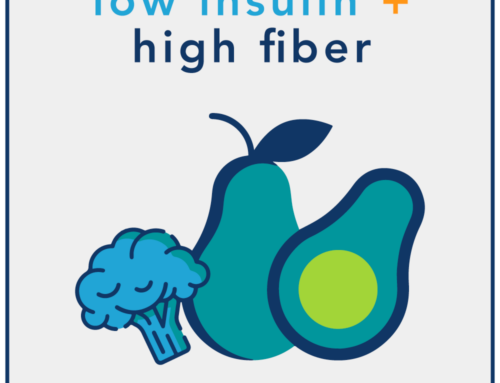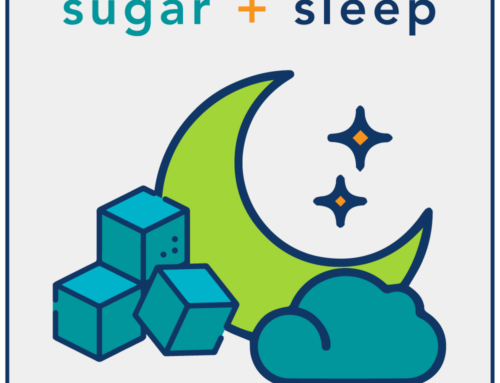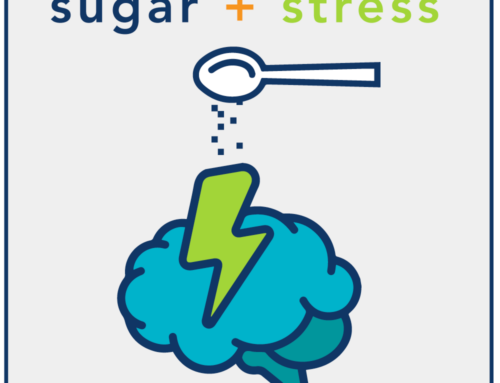Carbohydrate Pairing: Can you game the system?
First of all, what is carbohydrate or food pairing/food combining? It involves combining foods in a way that helps moderate the overall glycemic impact (how quickly and steeply your blood sugar rises after you eat) of a meal. The goal is to slow down the digestion and absorption of carbohydrates which can lead to more “stable” blood glucose levels over time.

This is most commonly done by pairing high glycemic carbs with protein and fat in order to “blunt the spike.” Since protein and fat digest slower, when consumed at the same time as the high glycemic carb in question, the response tends to be a rise in blood glucose that is lower than it would be otherwise if that carb was eaten alone. On the surface this sounds pretty smart, right?! If I consume a high glycemic food like rice for example with a protein and/or fat rich food like salmon or fatty tuna (think sushi) for example. The theory is that the glycemic impact of that rice will be less egregious. Well, not so fast. As always, it is not that simple.
The amount and the type of the carbs still matters. Continuing with the sushi example, I don’t know about you but my family can put away a lot of sushi. Even though we are eating plenty of fish, we are also consuming lots of rice. The blood glucose still rises, perhaps by not as much, but also REMAINS elevated for longer because we are digesting it slower. If sushi isn’t your thing, substitute it with something else you love that might also contain protein and fat, a meat lovers pizza! Foods that by their nature come with a heavy carb load in addition to the protein and fat. The total carb load is still high.
Second, the type of carbohydrates matter for a couple reasons. We discussed one, fiber. High fiber carbs like veggies have a different impact on your blood sugar and insulin. They also promote “satiety” (the feeling of being full), in comparison to low fiber starchy or sweet carbohydrates. There is a difference between combining a meal of steak, broccoli with hollandaise sauce and a side salad compared to say, pizza. While both meals combine protein, fats and carbs, their individual effect on your feeling of satiety is different. Which meal are you more likely to eat more of .. then also take home and eat again later….sometimes cold…right out of the fridge?
The takeaway here is that your body is smarter than you give it credit for. You can’t game the system. Your body knows what it needs to do to reach “homeostasis” (its preferred stable metabolic equilibrium). It feels comfortable with the equivalent of about 1 sugar cube of glucose in the blood at any one time. So whether you consume a meal that drives blood glucose WAY up, requiring insulin to be rapidly released to bring it back down, or whether that blood glucose is only moderately elevated due to slower absorption, the same amount of insulin is still required. It’s just released and circulating over a longer period of time.
If you are a metabolically healthy individual and your goal is to avoid the symptoms of sky high blood sugar and the subsequent crash, food pairing can be an overall good strategy. However, if you have insulin resistance, removing the high glycemic carbs (e.g. white rice) in addition to pairing, is the best strategy for reducing both glucose and insulin levels.
Coaching note: In order to truly reduce insulin, you need to lower the elements that cause it to rise in the first place. Cloaking it in a shroud of protein doesn’t keep your body from breaking it down and doing what it needs to do. The elements that cause it to rise in the first place are processed sugars and starches. This is why Simplex Health recommends a low insulin high fiber diet. A diet of optimal protein and healthy fats with fiber rich whole food carbs to keep you feeling fuller longer on foods that don’t spike glucose or insulin.



